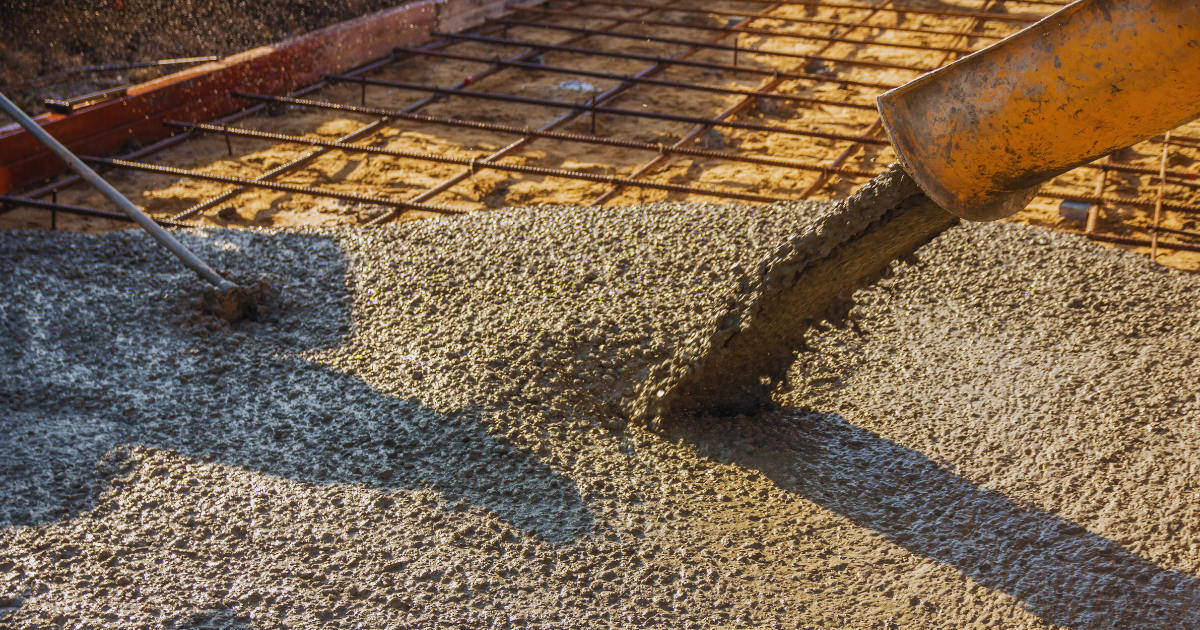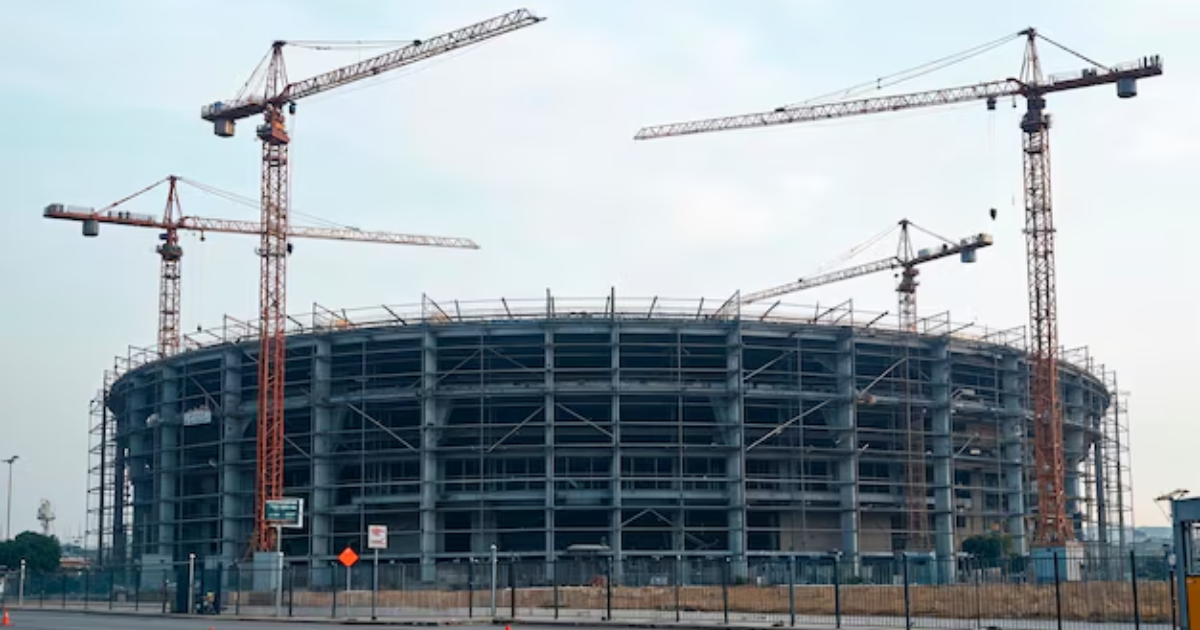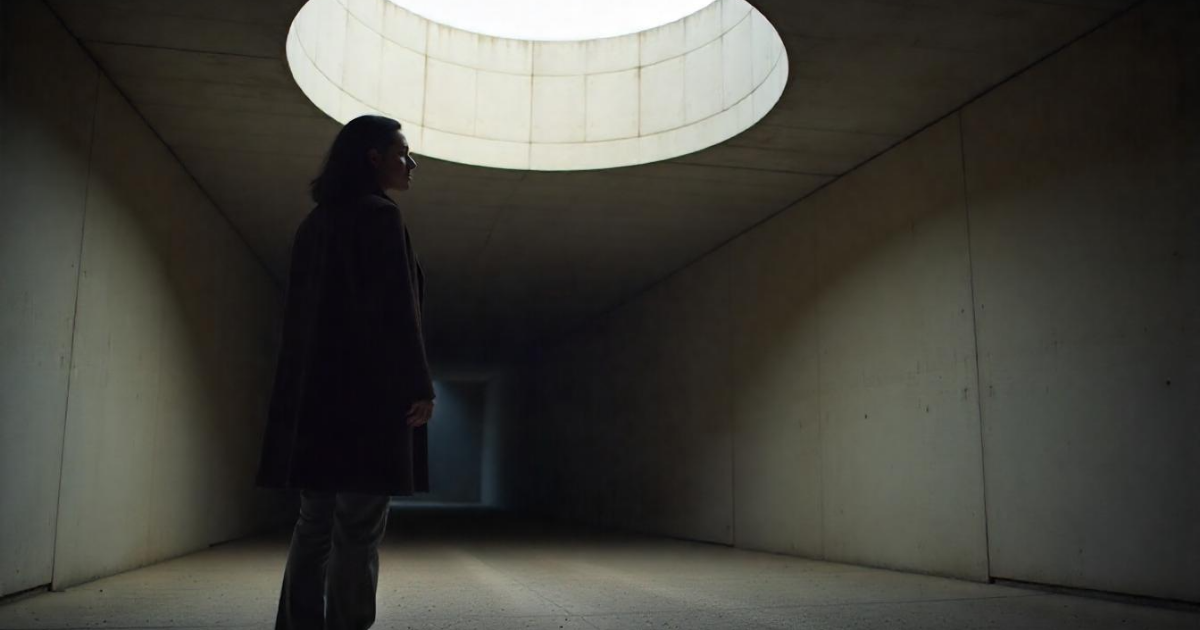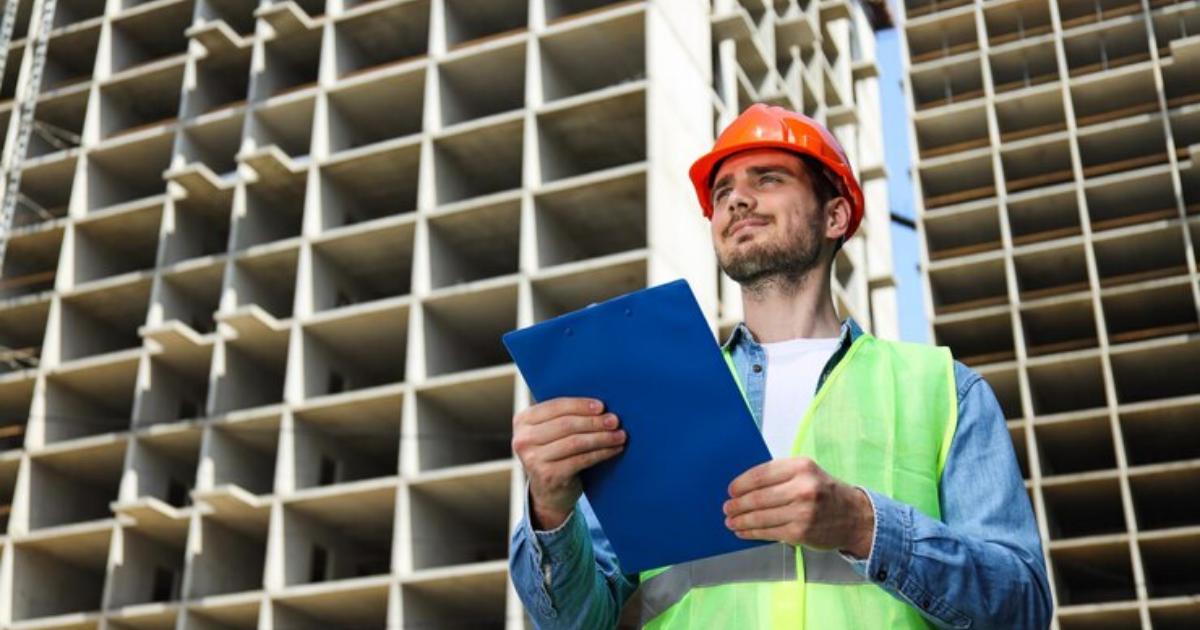Ready-mix concrete (RMC) has revolutionized the construction industry, providing consistency, efficiency, and quality in concrete applications. However, the curing process—crucial for the strength, durability, and longevity of concrete—has seen significant advancements over the years. These new technologies are designed to enhance curing processes, resulting in stronger, more durable concrete while also improving speed and reducing costs. Let’s explore some of the latest technologies in ready-mix concrete curing and how they are shaping the future of construction.
Understanding Concrete Curing
Before delving into the advanced technologies, it’s essential to understand what curing is and why it’s so important. Curing is the process of maintaining adequate moisture, temperature, and time conditions for concrete after it has been placed. Proper curing allows the concrete to reach its optimal strength and durability by ensuring the hydration of cement particles. If curing is not done correctly, the concrete may end up being weak, prone to cracking, and vulnerable to environmental stress.
Traditional curing methods often involve water spraying, wet coverings, or curing compounds. While these methods are effective, they have limitations in terms of efficiency, consistency, and environmental impact. This is where the latest technologies in curing come into play, offering innovative solutions for faster, better, and stronger concrete.
1. Accelerated Curing with Heat and Moisture Control
One of the most significant advancements in curing technology is the use of heat and moisture control. In cold weather conditions, concrete hydration slows down, which can delay the curing process and affect the final strength of the concrete. To address this issue, many companies are now using advanced curing chambers and systems that regulate temperature and humidity to maintain the ideal curing conditions.
Accelerated curing methods use controlled heating systems, such as steam or electric blankets, to increase the temperature of the concrete in a safe and controlled manner. These systems not only speed up the curing process but also ensure that the concrete gains strength faster. With accelerated curing, construction projects can move forward at a much faster pace, especially in cold climates.
2. Curing with Chemical Accelerators
Chemical accelerators are another breakthrough in ready-mix concrete curing. These accelerators are added to the mix to enhance the chemical reactions that occur during hydration, thereby speeding up the curing process. These compounds are particularly beneficial for projects that need to meet tight deadlines or require faster turnaround times.
By incorporating chemical accelerators into the mix, contractors can achieve desired strength in less time, reducing the waiting period for form removal or subsequent construction stages. This is especially useful in projects such as high-rise buildings, bridges, and roadways, where time is a critical factor. However, it’s important to use these accelerators in moderation to ensure that they don’t compromise the long-term strength and durability of the concrete.
3. Self-Curing Concrete
Self-curing concrete is another revolutionary technology that simplifies the curing process. This innovative concrete mix contains chemical compounds that release moisture gradually over time, eliminating the need for external water or wet coverings. This is particularly useful in applications where manual curing is difficult, such as large slabs or hard-to-reach areas.
The self-curing process ensures that the concrete maintains optimal hydration levels without requiring constant monitoring. It also reduces the labor and resources needed for traditional curing methods, offering cost and time savings for construction companies. While this technology is still relatively new, it has the potential to transform the way curing is approached, especially in remote or large-scale construction projects.
4. Advanced Curing Compounds and Membranes
Curing compounds and membranes have long been used to protect concrete from moisture loss, but modern versions have seen improvements in performance and environmental impact. These advanced compounds are designed to form a thin, impermeable film over the surface of the concrete, trapping moisture inside while preventing evaporation.
Newer curing compounds are also more environmentally friendly, with low-VOC (volatile organic compound) formulations that reduce the environmental footprint of construction projects. These products are easier to apply and provide a longer-lasting effect compared to traditional curing methods. Additionally, some compounds offer a dual function, providing both curing and surface finishing, which can improve the aesthetics and durability of concrete surfaces.
5. Using Membrane Curing with Polymers
Polymer-based membrane curing systems are gaining popularity due to their effectiveness and efficiency. These systems involve the application of a liquid polymer membrane that forms a continuous, impermeable layer on the surface of the concrete. The polymer membrane keeps moisture trapped inside the concrete, ensuring that the hydration process continues uninterrupted.
This method is particularly useful for projects that involve exposed concrete surfaces, as it not only aids in curing but also helps protect against environmental factors such as wind and sunlight. Polymer-based curing membranes are designed to withstand the elements while providing long-lasting benefits, making them ideal for large-scale construction projects.
6. Electric Curing Blankets
Electric curing blankets are another cutting-edge technology used to enhance the curing process. These blankets consist of heating elements that are embedded in flexible materials. When laid over freshly poured concrete, the blankets provide consistent and controlled heat, promoting faster curing and preventing issues related to cold weather.
Electric curing blankets are easy to deploy and adjust, making them a convenient solution for a variety of construction settings. They also minimize the need for other external heat sources, such as steam, which can be costly and difficult to manage. These blankets are particularly beneficial for projects in regions with extreme temperatures, helping to ensure that concrete cures properly regardless of external weather conditions.
7. In-Situ Monitoring of Concrete Curing
Advancements in technology have also led to the development of smart monitoring systems that track the curing process in real-time. These systems use embedded sensors to measure parameters such as temperature, moisture levels, and curing time. The data is then transmitted to a central system, allowing contractors and engineers to make informed decisions about the curing process.
Real-time monitoring allows for precise adjustments, ensuring that the curing process is always within optimal conditions. This level of control reduces the chances of under-curing or over-curing the concrete, which can negatively affect its performance. It also provides valuable insights for future projects, enabling continuous improvement in curing techniques.
8. Solar-Powered Curing Systems
As sustainability becomes an increasingly important focus in the construction industry, solar-powered curing systems have emerged as a green alternative to traditional curing methods. These systems use solar panels to harness natural energy, which is then used to power curing equipment such as heating systems and electric blankets.
Solar-powered curing systems are not only environmentally friendly but also cost-effective in the long run. By reducing reliance on non-renewable energy sources, these systems contribute to the overall sustainability of construction projects while ensuring that concrete curing is both efficient and eco-friendly.
Conclusion
The latest technologies in ready-mix concrete curing are transforming the construction industry by providing faster, better, and stronger solutions. From accelerated curing methods to smart monitoring systems, these advancements ensure that concrete is cured efficiently, resulting in higher-quality structures. As construction demands grow and deadlines become shorter, these technologies will continue to play a vital role in meeting the needs of modern construction. Ready-mix concrete, with these innovative curing methods, is becoming an even more reliable and versatile material for building the world of tomorrow.
By incorporating these technologies into everyday practices, the construction industry can not only increase productivity but also contribute to a more sustainable and eco-friendly future. Whether for high-rise buildings, bridges, or roads, these curing technologies are essential for ensuring that every project meets the highest standards of quality, safety, and longevity.







